Vickers Type 161 COW-gun fighter
The Coventry Ordnance Works (C.O.W.) designed and built in 1915 a small 37 mm cannon capable of firing a 1 pound, and then later 1.5 pound high-explosive shell. Vickers had acquired in the early twenties the rights for this gun and after a proposal to the Air Staff a specification was issued to develop a dedicated aircraft to carry such a large calibre weapon. Originally the design was specified for a twin-engine plane carrying two of the ‘1.5 pounder’ 37 mm weapons, which was more widely known as the C.O.W.-gun. Although two such cannon-planes were actually built (the Bristol Bagshot and the Westland Westbury) they simply lacked the power and performances, and the idea never materialized. Later, a new specification, Spec. F29/27 was issued for a bomber-destroyer carrying a single COW gun. Vickers submitted their Type 161 to meet this specification.
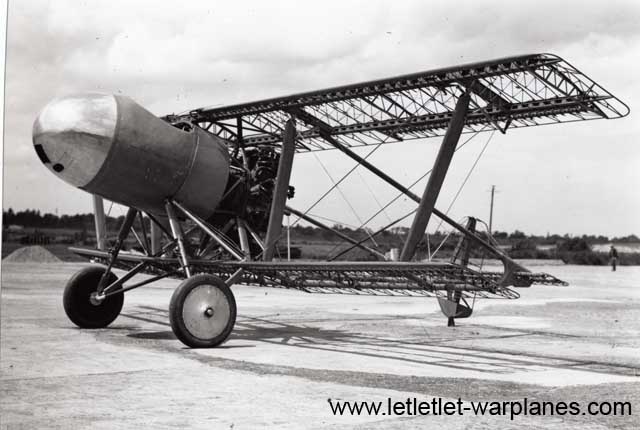
Development and flight testing:
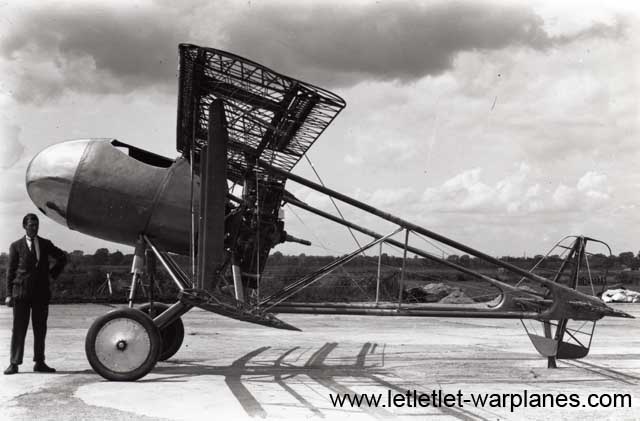
The resulting design was far from orthodox. The Type 161 showed a revolutionary shape with a centrally placed Jupiter radial engine driving a four-bladed propeller housed in the middle of the central fuselage. The tail-plane was supported with two additional horizontally placed struts, giving the biplane a very unusual appearance. The open cockpit was placed in the front fuselage section with the massive C.O.W.-gun protruding upwards in a fixed position under an angle of 45°. It was the intention to intercept enemy bombers by flying under them from astern and destroy them by firing a single shot from the C.O.W.-gun.
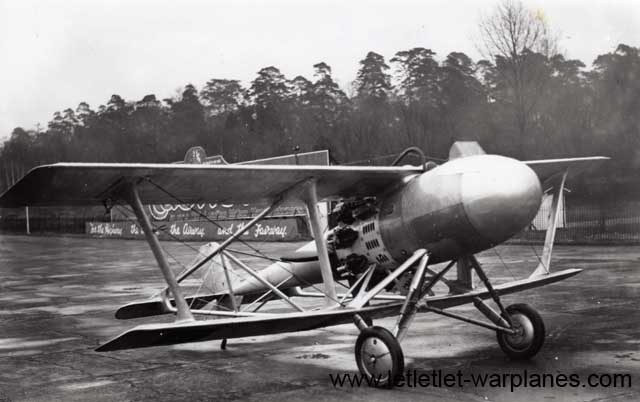
The Vickers 161 was completely made of light-alloy with all wing and tail surfaces covered with fabric. Initially a Bristol Mercury IIA engine was fitted during preliminary construction, but this was soon replaced by the final supercharged Jupiter VIIf. The Vickers 161 was completed in January 1931 and test pilot Mutt Summers made the maiden flight on 21 January 1931. To improve lateral stability the tail surface was enlarged, with two small vertical stabilizers on the horizontal tail also being added. The initial flight testing was without the C.O.W.-gun fitted. In general flight characteristics were regarded as sufficient and the Vickers 161 flew quite well. The C.O.W.-gun was fitted later for operational trials. The Type 161 carried at this time the RAF serial number J9566. However, firing trials of the 37 mm gun were very limited and after only a few test firings the Royal Air Force lost interest for this heavy gun and only a single prototype 161 was ever built.
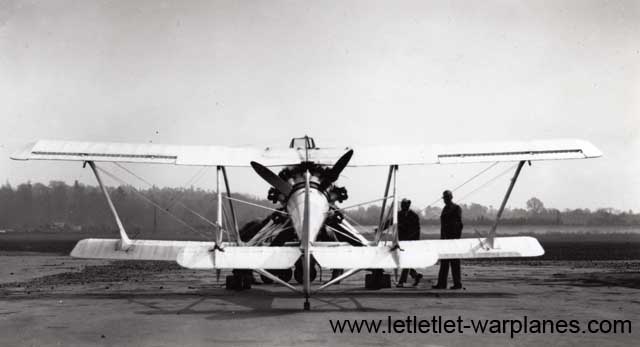
The concept of an upwards firing gun was just too early for this period. However, the idea was used during WW-II by German night fighters and proved to be highly effective.
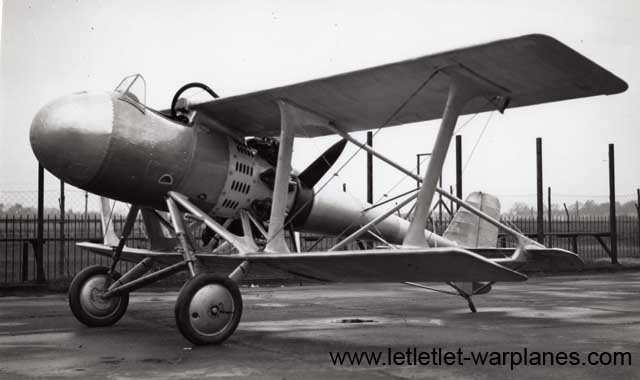
Westland also actually built and flew in December 1930 a Spec, F.29/27 fighter of much more conventional design fitted with the 37mm C.O.W.-gun. But again, the design had with little success.
More on the C.O.W. gun:
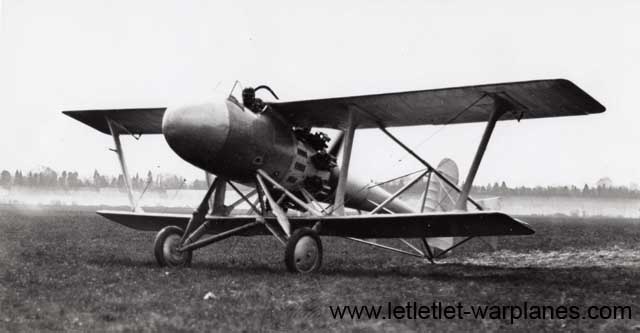
Developed from a WW I small artillery cannon, the 1.5-pounder C.O.W.-gun Mk.III was a light-weight version for use onboard an aircraft. It was a very heavy weapon, weighing 90 kg. Also, it was not a small weapon, with its bore of 37mm and a length of 190 mm! It could fire a 680 gram (1.5 pound) high-explosive shell at a muzzle velocity of 610 m/sec with a muzzle energy of 167 KJoules. The cannon was an automatic spring-loading device that could be fitted with a clip containing six rounds of 20 cm (8 inch) long blunt nosed ammunition. The Vickers 161 carried five clips of ammunition on board, including the one already on the weapon. The C.O.W. gun was successfully tested from a flying boat and proved to have devastating effects against ground targets.
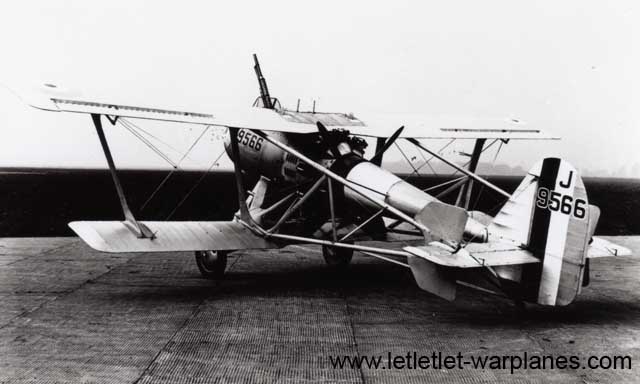
For bomber interception, the weapon would be aimed with a specially developed Barr & Stroud periscope gun-sight. Although the C.O.W. gun could be fired at a rate of one shell per second, a single shot was regarded to have the most effective results. After firing the heavy recoil resulted in a nose-down pitch and the weapon had to be re-aimed after each shot. During the firing trials on board of the Vickers 161, only 24 shells were fired it total. The empty cartridges ejected from the gun had to be hand-collected by the pilot!
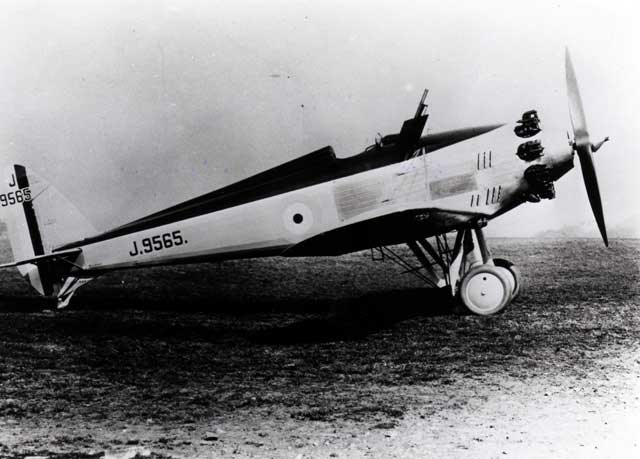
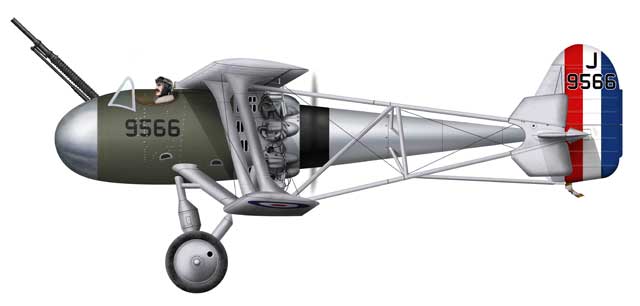
Technical details:
Power plant: 1 Bristol Jupiter VIIf supercharged air-cooled nine cylinder radial engine of 480 hp
Dimensions:
wingspan 9.75 m (top wing); 7.92 m (bottom wing)
length 7.16 m
height 3.66 m
wing area 19.32 m2
Weights:
empty 1147 kg
loaded 1608 kg
Performances:
max. speed 273 km/h at 6096 m; 232 km/h at sea level
service ceiling 6828 m
range not given
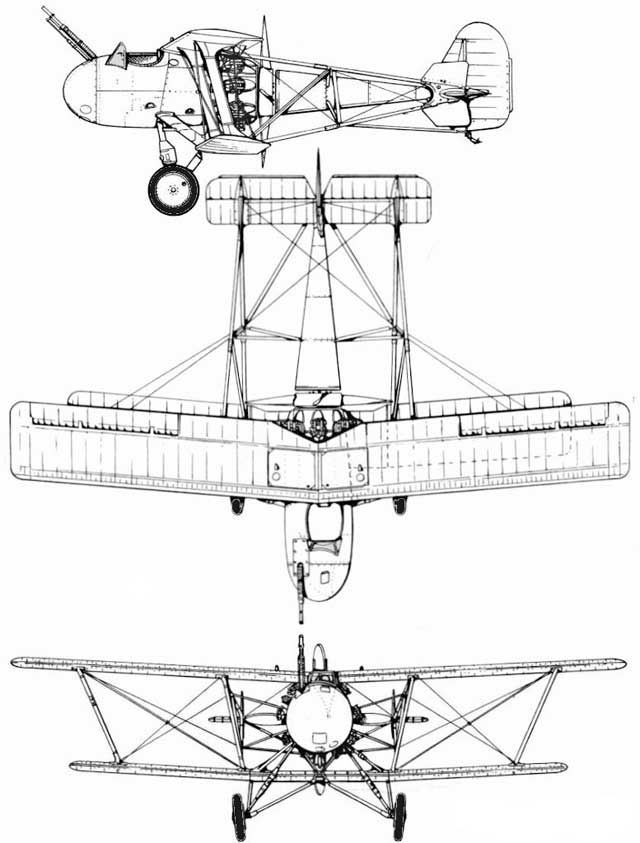
Accommodation/armament:

single seat/ Coventry Ordnance Works (COW) Mk.III 37 mm cannon with 30 rounds in total
Literature:
-Philip Jarrett, Vickers COW gun fighter – Limited editions Part 11, Aeroplane Monthly July 1997
-Philip Jarret, Vickers COW gun fighter -Limited editions Part 11 cont’nd, Aeroplane Monthly August 1997
-C.F. Andrews and E.B. Morgan, Vickers aircraft since 1908, page 242-246, Putnam, London UK
Nico Braas

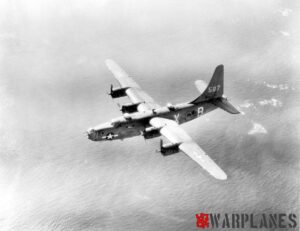
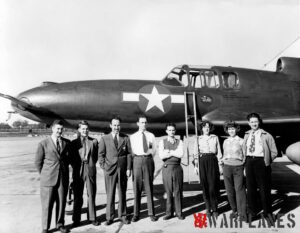
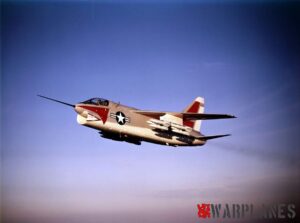
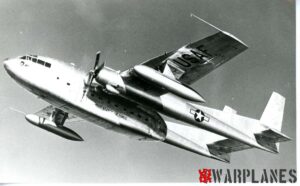
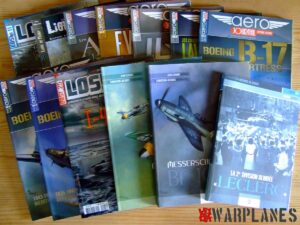
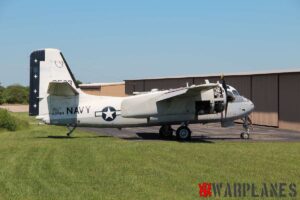
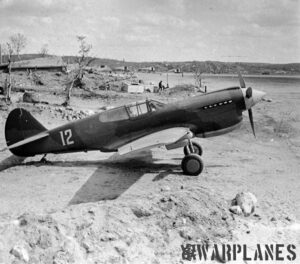
Nice ob
I don’t think revolutionary is the word, especially since the day of the pusher fighter had come and gone, while Vickers continued trying to sell them long after they had become obsolete. Indeed, Vickers, as a massive arms manufacturer for whom aircraft were a minor sideline, never did anything even remotely revolutionary, and all of their efforts went into trying to sell obsolete designs. The closest they ever came was with the Barnes’ geodesic construction, and even that was too late for anyone to want to copy it.